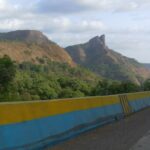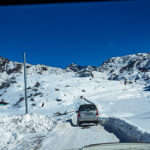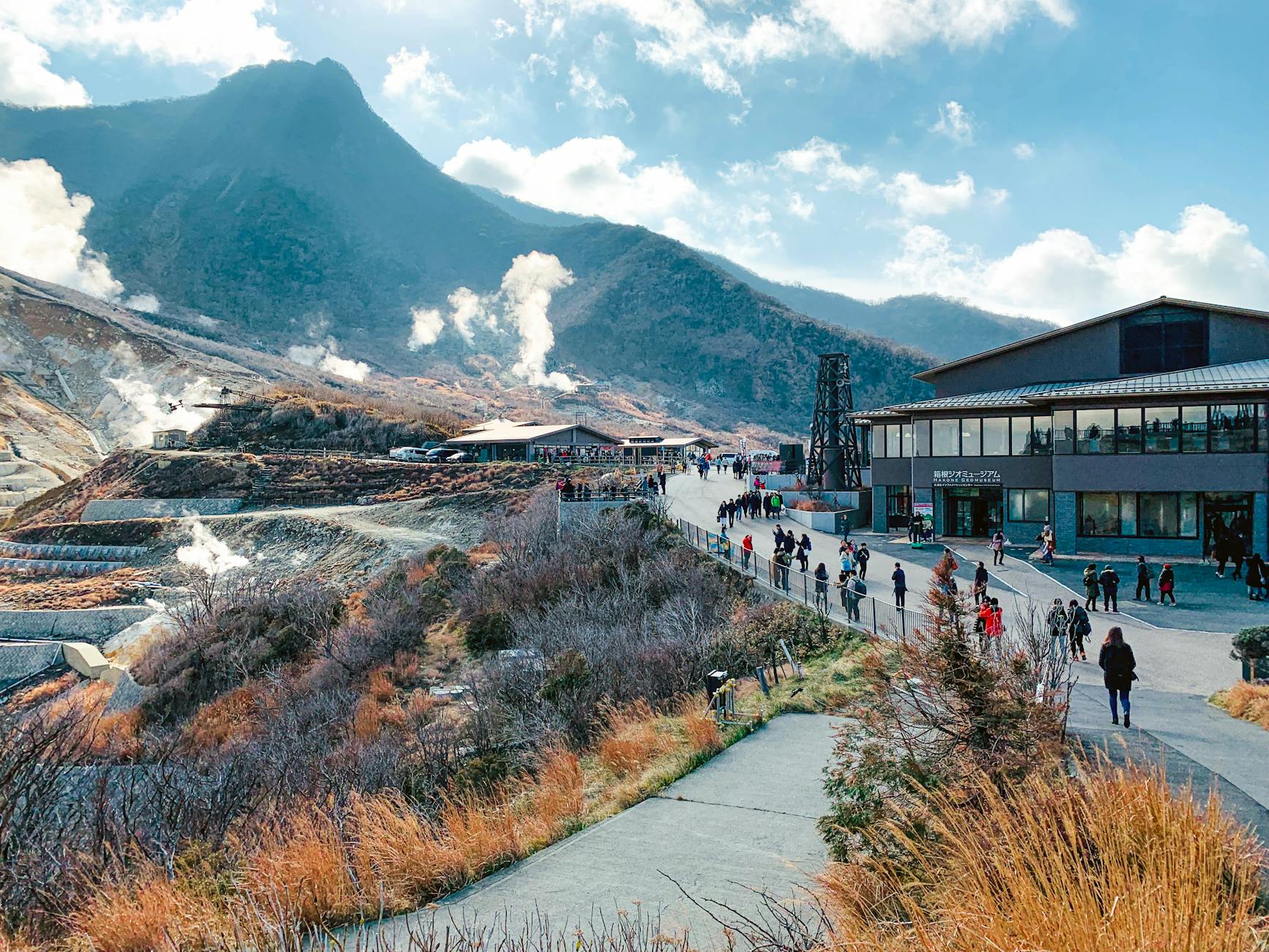
Japan’s national parks: Truly breathtaking exploration
Japan has a vast array of beautiful national parks, showcasing the country’s diverse natural landscapes and ecosystems.
Jump To
Most popular Japan national parks:
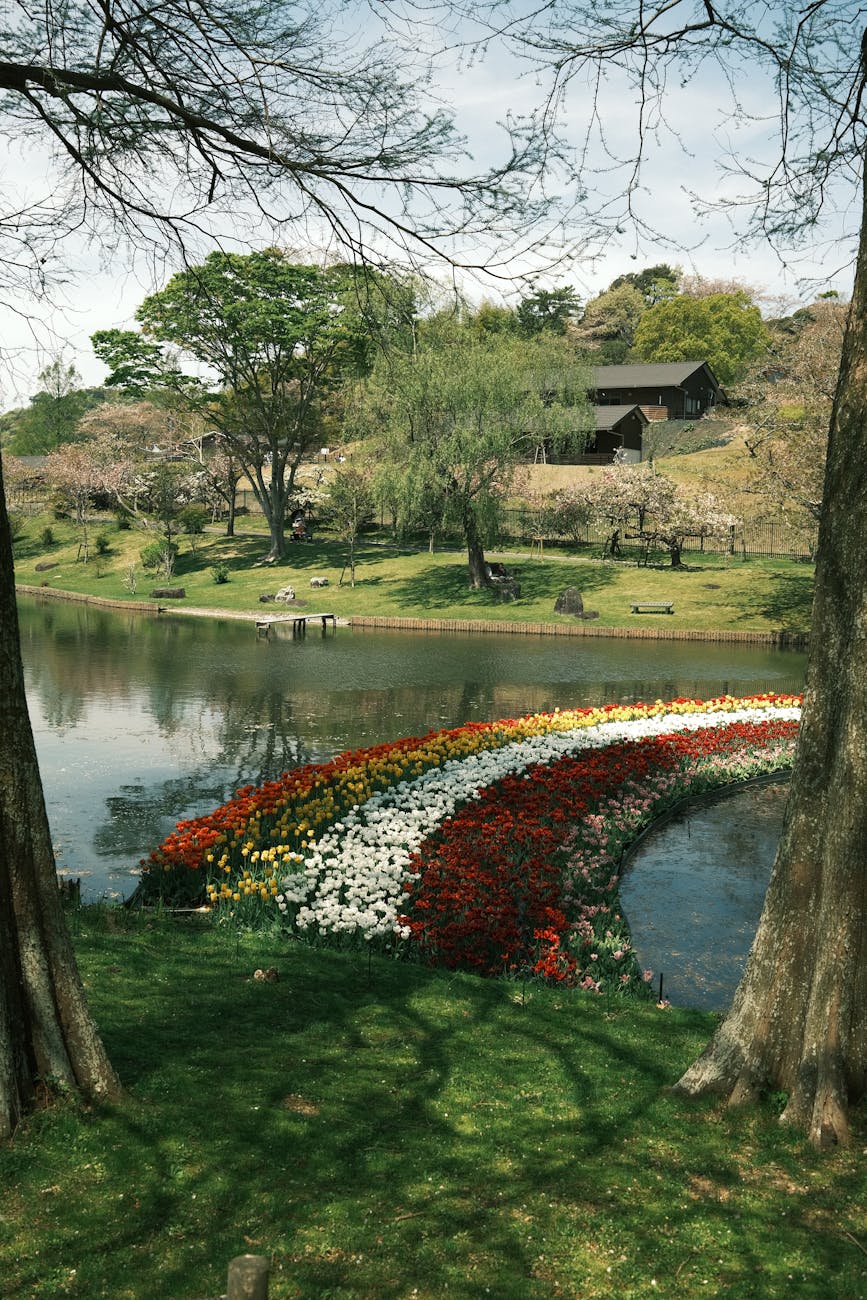
- Nikko National Park (): Located in Tochigi Prefecture, Nikko National Park is known for its stunning waterfalls, lakes, and ornate temples and shrines.
- Yoshino-Kumano National Park (): Spanning across Wakayama and Mie Prefectures, this park is famous for its scenic valleys, waterfalls, and cherry blossom trees.
- Shiretoko National Park (): Situated in Hokkaido, Shiretoko National Park is a UNESCO World Heritage Site and home to brown bears, Steller’s sea eagles, and other wildlife.
- Daisetsuzan National Park (): Located in Hokkaido, Daisetsuzan National Park offers breathtaking views of mountains, forests, and lakes.
- Kii-Katsuura National Park (): This park in Wakayama Prefecture is known for its scenic coastline, hot springs, and ancient temples.
- Ogasawara Islands National Park (): A remote archipelago in the Pacific Ocean, Ogasawara Islands National Park is a UNESCO World Heritage Site and home to unique wildlife such as the Bonin flying fox.
- Unzen-Amakusa National Park (): Located on the western coast of Kyushu, this park features volcanic landscapes, hot springs, and historic castles.
- Aso-Kujyu National Park (): Situated in Kyushu, this park is centered around Mount Aso, one of Japan’s most active volcanoes.
- Shikotsu-Toya National Park (): Located on the northern island of Hokkaido, Shikotsu-Toya National Park features volcanic lakes, mountains, and hot springs.
- Towada-Hachimantai National Park (): This park in northern Japan is known for its volcanic landscapes, hot springs, and beautiful fall foliage.
Popular national park activities include:
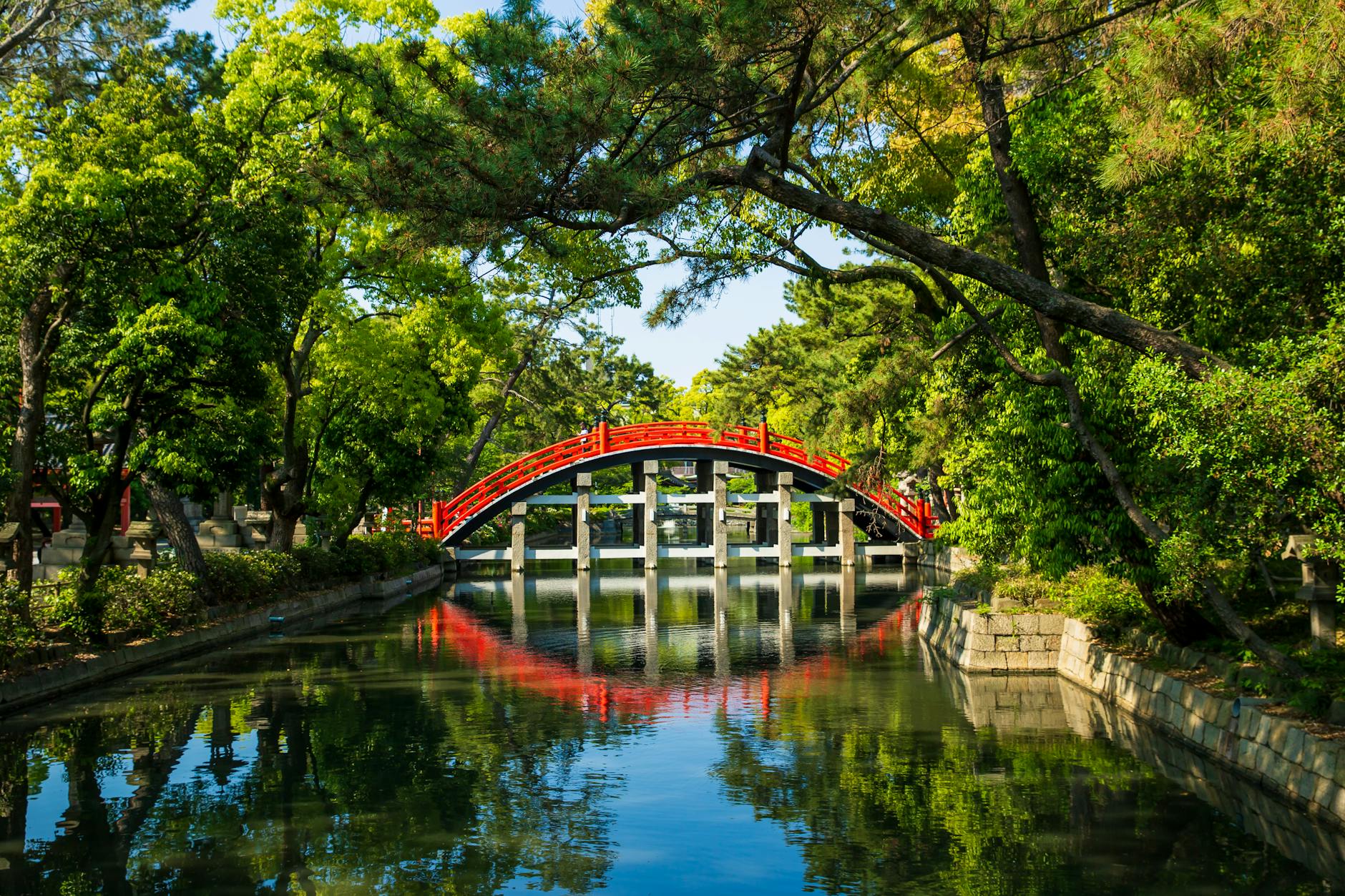
- Hiking: Japan has numerous hiking trails for all skill levels, from easy day hikes to multi-day treks.
- Camping: Many national parks offer campsites for those who want to immerse themselves in nature.
- Wildlife watching: Japan is home to many unique species, such as deer, monkeys, and birds.
- Hot springs: Many national parks have natural hot springs for relaxation and rejuvenation.
- Scenic drives: Take a leisurely drive through the stunning landscapes of Japan’s national parks.
Remember to respect park rules and regulations to help preserve Japan’s beautiful natural heritage!
For the TLOW backpacking experience click on this link
Japan’s national parks are truly breathtaking! Let’s dive deeper into two of the most popular ones: Nikko National Park and Yakushima National Park.
Nikko National Park
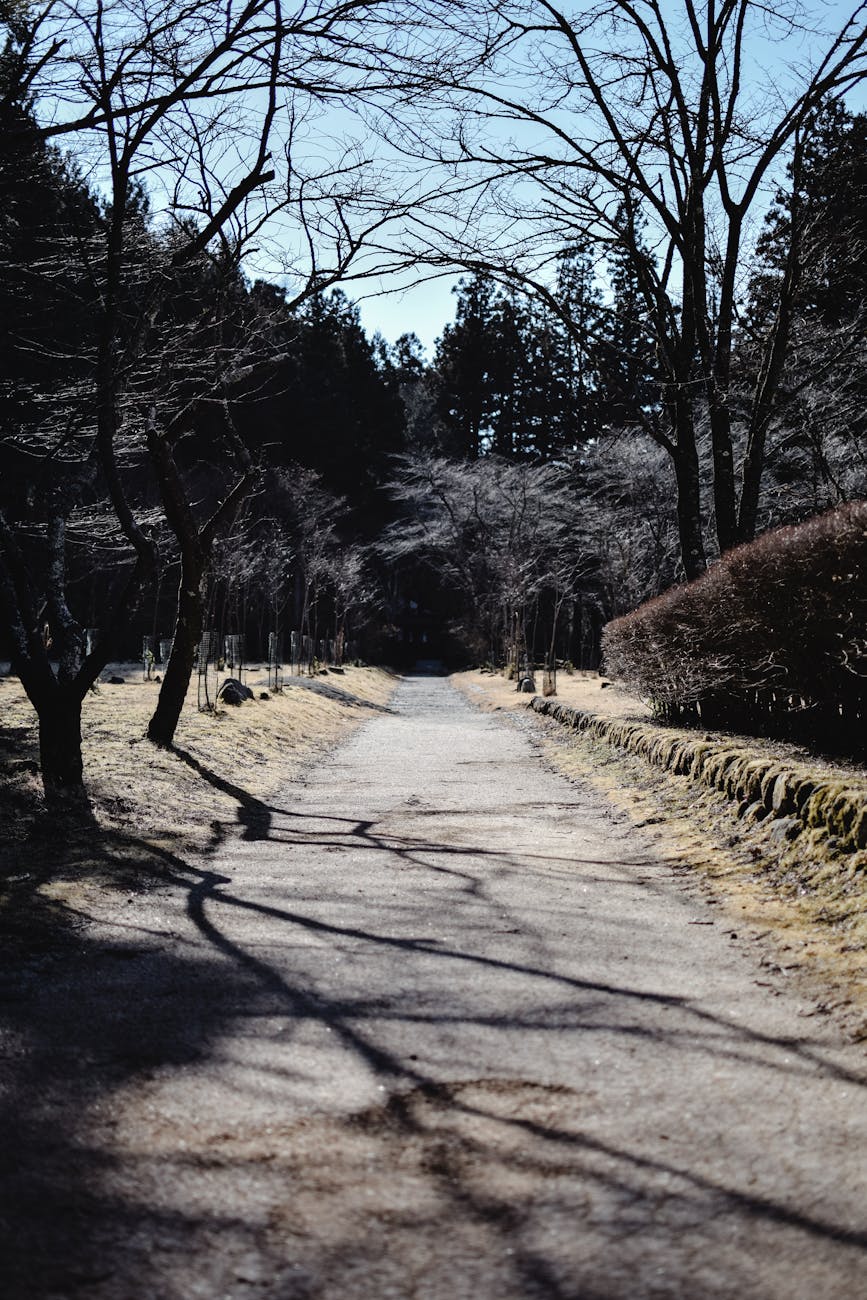
Located in Tochigi Prefecture, Nikko National Park is a UNESCO World Heritage Site and one of Japan’s most iconic national parks. Here are some reasons why:
- Waterfalls and lakes: Nikko is home to numerous waterfalls, including the famous Ryuzu Waterfall, which is surrounded by lush greenery.
- Temples and shrines: The park is dotted with ornate temples and shrines, such as the Toshogu Shrine, a Shinto shrine dedicated to the deified spirit of Tokugawa Ieyasu.
- Moss-covered forests: Nikko’s forests are covered in vibrant moss, creating a surreal and mystical atmosphere.
- Wildlife: The park is home to a variety of wildlife, including Japanese serows, Japanese macaques, and birds like the Japanese night heron.
Yakushima National Park
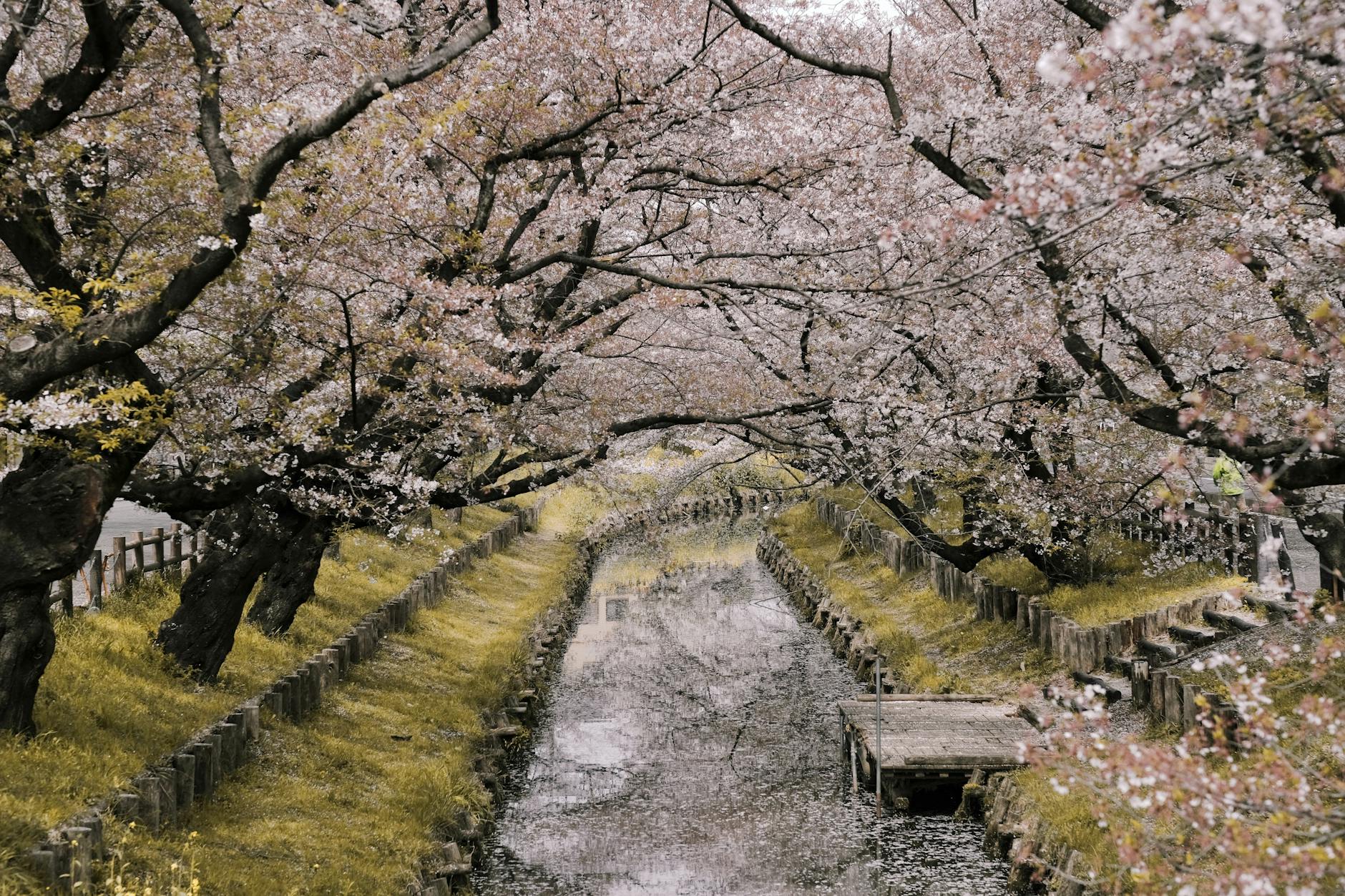
Located in Kagoshima Prefecture, Yakushima National Park is a tropical paradise on the southern island of Kyushu. Here are some highlights:
- Lush rainforests: Yakushima is known for its dense rainforests, with trees like cedar, cypress, and camphor.
- Waterfalls and hot springs: The park features numerous waterfalls, hot springs, and scenic hiking trails.
- Sea turtle nesting sites: Yakushima is a vital breeding ground for loggerhead sea turtles.
- Beaches and coastline: The park boasts stunning beaches, coves, and coastline scenery.
Tips for visiting Japan’s national parks:
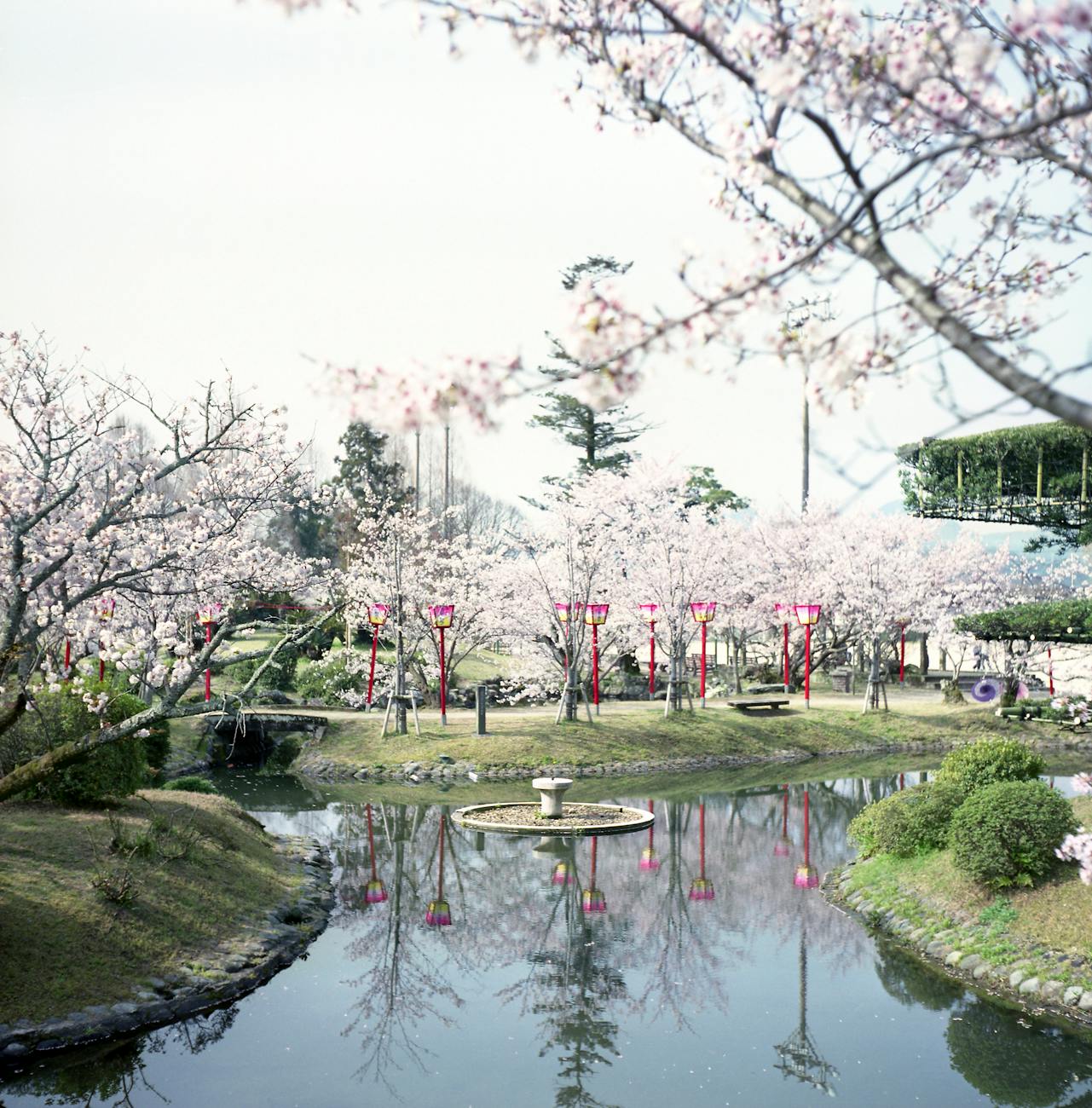
- Plan ahead: Check the park’s website for opening hours, entry fees, and any restrictions.
- Pack accordingly: Bring comfortable shoes, waterproof gear, and layers for changing weather conditions.
- Respect nature: Follow park rules, stay on designated trails, and don’t litter or disturb wildlife.
- Take your time: Japan’s national parks are designed for relaxation and immersion in nature.
Remember to respect the parks’ natural environments and fellow visitors while exploring these incredible destinations!
Nikko National Park is a UNESCO World Heritage Site and one of Japan’s most iconic national parks, located in Tochigi Prefecture. It’s a must-visit destination for nature lovers, history buffs, and those seeking spiritual experiences. Here are some of the park’s main attractions:
- Toshogu Shrine: A UNESCO World Heritage Site and one of the most famous shrines in Japan, Toshogu Shrine is dedicated to the deified spirit of Tokugawa Ieyasu, the founder of the Tokugawa shogunate.
- Ryuzu Waterfall: This stunning waterfall is surrounded by lush greenery and is a popular spot for hiking and picnicking.
- Lake Chuzenji: A serene lake with crystal-clear water, perfect for boating or fishing.
- Kegon Falls: A beautiful waterfall that drops 97 meters (318 feet) into a pool below.
- Nikko Botanical Garden: A peaceful oasis with over 4,000 species of plants and flowers.
- Shinkyo Bridge: A historic bridge with a beautiful stone lantern at its center.
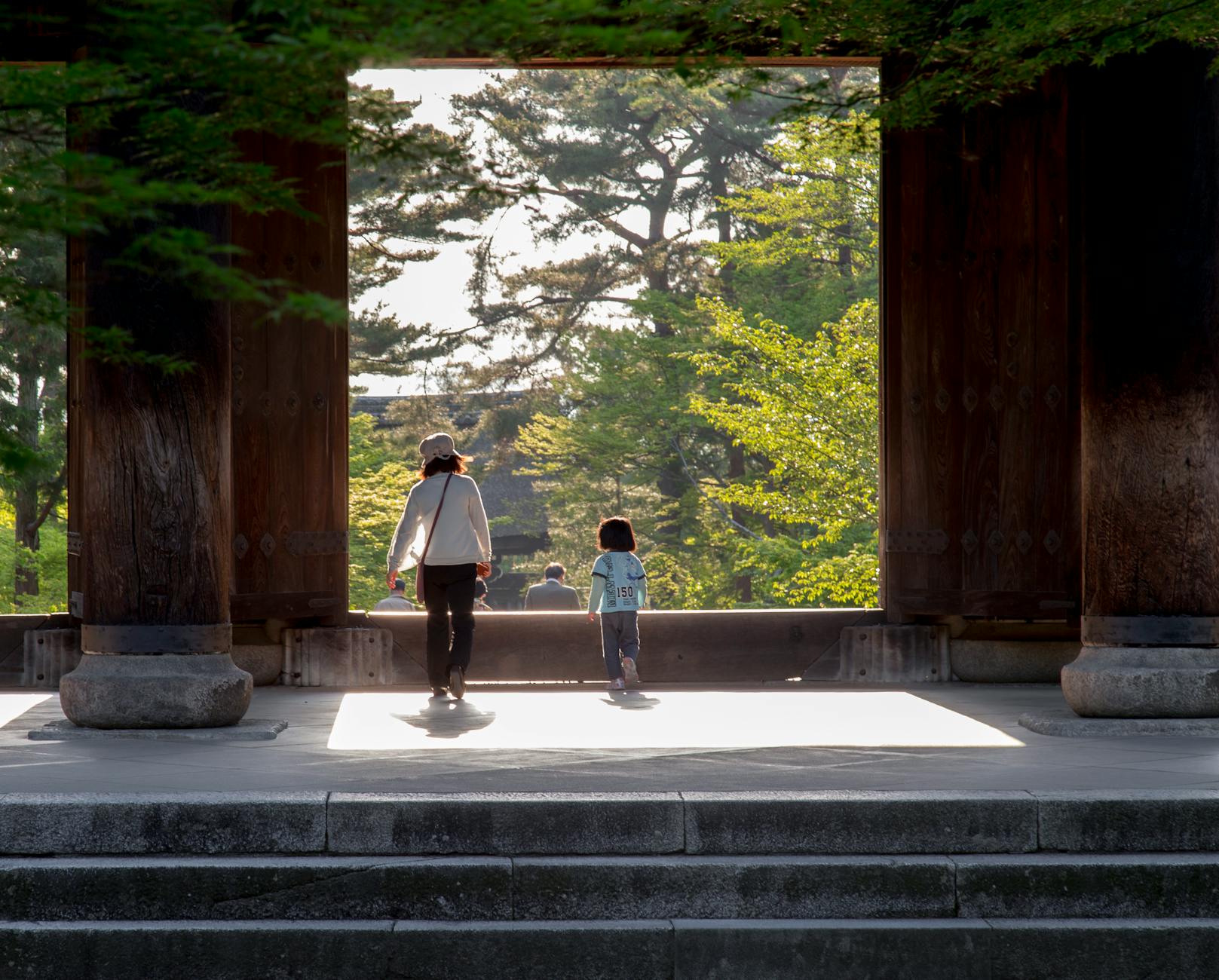
Getting to Nikko:
- From Tokyo: Take the JR Tohoku Shinkansen bullet train to Utsunomiya Station, then transfer to the JR Nikko Line to reach Nikko Station (around 2 hours).
- From Tokyo: Take a bus from Shibuya Station or Ikebukuro Station to Nikko Station (around 2-3 hours).
Insider secrets:
- Visit early in the morning or late in the evening to avoid crowds at popular spots.
- Take a guided tour to explore hidden gems and learn about the park’s history and culture.
- Don’t miss the stunning autumn foliage (November to December) or cherry blossom season (March to May).
Nikko National Park is a unique blend of nature, history, and spirituality. Take your time to soak in its beauty and tranquility!
Yakushima National Park is a tropical paradise located on the southernmost island of Kyushu, Japan. It’s a UNESCO World Heritage Site and one of the most beautiful national parks in Japan. Here are some of the park’s main attractions:
- Lush rainforests: Yakushima is home to dense rainforests, with ancient trees, giant ferns, and rare species like the Yakushima macaque.
- Waterfalls and hot springs: The park features numerous waterfalls, hot springs, and scenic hiking trails.
- Beaches and coastline: Yakushima has stunning beaches, coves, and coastline scenery, including the famous Onoaida Beach.
- Sea turtle nesting sites: The park is a vital breeding ground for loggerhead sea turtles.
- Hiking trails: Explore the park’s many hiking trails, including the 55-kilometer (34-mile) Yakushima-Kanken Nature Trail.
Getting to Yakushima:

- From Fukuoka: Take a flight from Fukuoka Airport to Yakushima Airport (around 1 hour).
- From Kagoshima: Take a ferry from Kagoshima Port to Miyanoura Port on Yakushima Island (around 4-5 hours).
Keep in mind:
- Visit during the shoulder season (April to May or September to November) for fewer crowds and more comfortable weather.
- Take a guided tour to explore hidden gems and learn about the park’s unique ecosystem.
- Try local specialties like Yakushima buckwheat noodles and fresh seafood.
Yakushima National Park is a nature lover’s paradise! With its lush rainforests, stunning coastlines, and unique wildlife, it’s an unforgettable destination.




